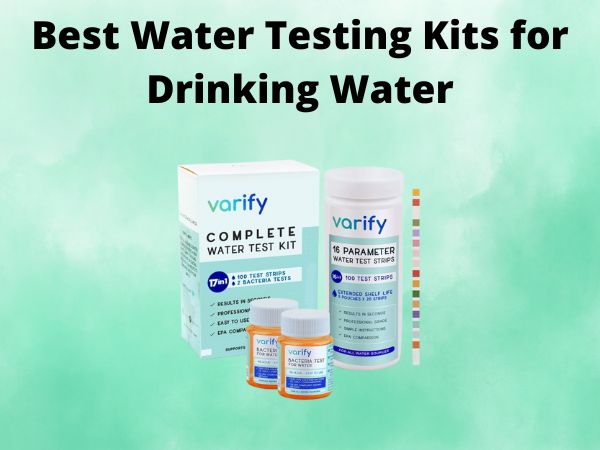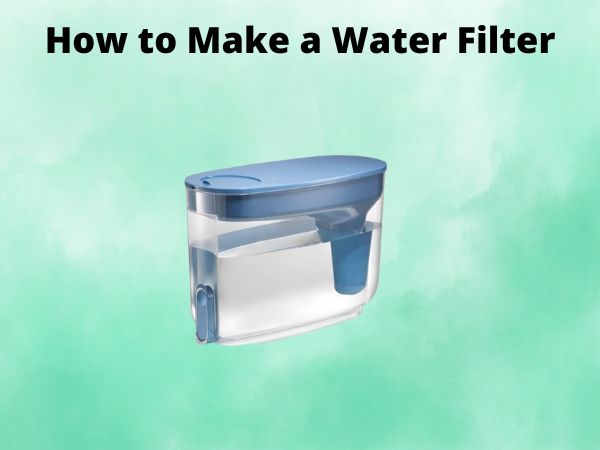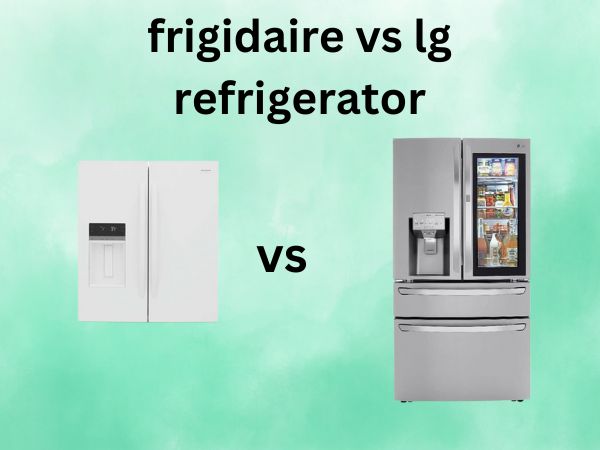How to Fix Contaminated Well Water [and Make It Safe to Drink]
Table of Contents
Understanding the Basics of Well Contamination
Wells tap directly into underground water sources. Unlike municipal water systems, which are tightly regulated and treated, private wells are a different ball game. They’re your responsibility to maintain, making understanding well contamination crucial for any well owner.
Common Causes of Well Water Contamination
Several factors can lead to contamination. Let’s explore some of the frequent offenders:
- Nearby septic systems
- Agricultural run-off
- Industrial pollution
- Natural contaminants from geologic formations
Recognizing the Signs of Contaminated Well Water
How do you know if your well water is compromised? Here’s a shortlist of indicators:
- Unusual taste or odor
- Cloudy appearance
- Stains on laundry or fixtures
- Unexplained health issues
Performing Water Testing
Testing is your first line of defense against contamination. You wouldn’t judge a book by its cover, nor should you judge water quality by transparency alone. Professional water testing can identify bacteria, nitrates, and other hazardous elements.
Types of Contaminants in Well Water
Contaminants fall into a few main categories. Knowing what you’re dealing with helps tailor the solution:
- Bacterial – E. coli, coliform
- Chemical – pesticides, fertilizers
- Metals – lead, arsenic
- Minerals – sulfur, manganese
How to Treat Different Types of Contaminants
Once contamination is confirmed, treatment isn’t a one-size-fits-all. Each contaminant requires a specific approach.
Installing Water Filtration Systems
Filtration systems are your best friends in the fight against impurities. They range from simple carbon filters to complex reverse osmosis systems, each designed to tackle specific contaminants effectively.
Using Chemical Treatments
Chemicals like chlorine and iodine can neutralize pathogens. Think of them as the bouncers of water safety, guarding against unruly microorganisms.
Understanding Shock Chlorination
Shock chlorination isn’t as dramatic as it sounds. It involves adding a high dose of chlorine to disinfect the well and distribution system. Perform this if tests reveal bacterial contamination.
Implementing Regular Maintenance Practices
Prevention is better than cure. Regular well inspections and maintenance shield you from future contamination. Like changing the oil in your car, it’s about foresight and longevity.
Addressing Specific Contaminant Issues
If tests reveal specific contaminants, such as iron or sulfate, targeting these problems with a tailored approach is imperative. From iron filters to water softeners, the solutions are as varied as the contaminants they address.
When to Consult a Professional
Sometimes, DIY just doesn’t cut it. If contamination persists despite efforts, seeking professional help is wise. Water treatment specialists offer expertise that can be invaluable for complex issues.
Developing a Safe Drinking Water Plan
Living with a well is an exercise in vigilance. A structured water safety plan, incorporating regular testing and maintenance, ensures your water remains pristine.
The Importance of Regular Water Testing
Testing isn’t a one-off. Regular water testing acts like the pulse-check of your well system, alerting you to any changes in quality over time.
Conclusion
Water is life, and ensuring the water from your well is safe is paramount for your health and well-being. By understanding the potential contaminants and employing the right treatment and prevention strategies, you can protect yourself and your loved ones from harm. Remember, maintaining a well is an ongoing process, much like caring for a living organism. Stay vigilant and proactive, and your well will reward you with safe, delicious water for years to come.
FAQs
What are the most common signs that my well water is contaminated?
If your water smells off, tastes strange, or appears cloudy, these are classic red flags. Stains on plumbing fixtures and unusual health symptoms can also indicate contamination.
How often should I test my well water?
At the very minimum, test your well water annually. However, after flooding, heavy rainfall, or changes in taste and smell, more frequent testing is advisable.
Can boiling water remove all contaminants?
Boiling water can eliminate bacteria and parasites, but it won’t remove chemical contaminants like lead or nitrates. Use appropriate filtering and treatment methods for comprehensive safety.
Is shock chlorination safe for all types of wells?
Generally, shock chlorination is safe, but best suited for shallow wells with bacterial issues. It’s wise to consult with a professional if you’re unsure about the process.
Are there natural ways to purify well water?
While natural methods like using activated charcoal and solar distillation can help, they may not address all contaminants. They’re best used in conjunction with proven filtration and treatment methods.






